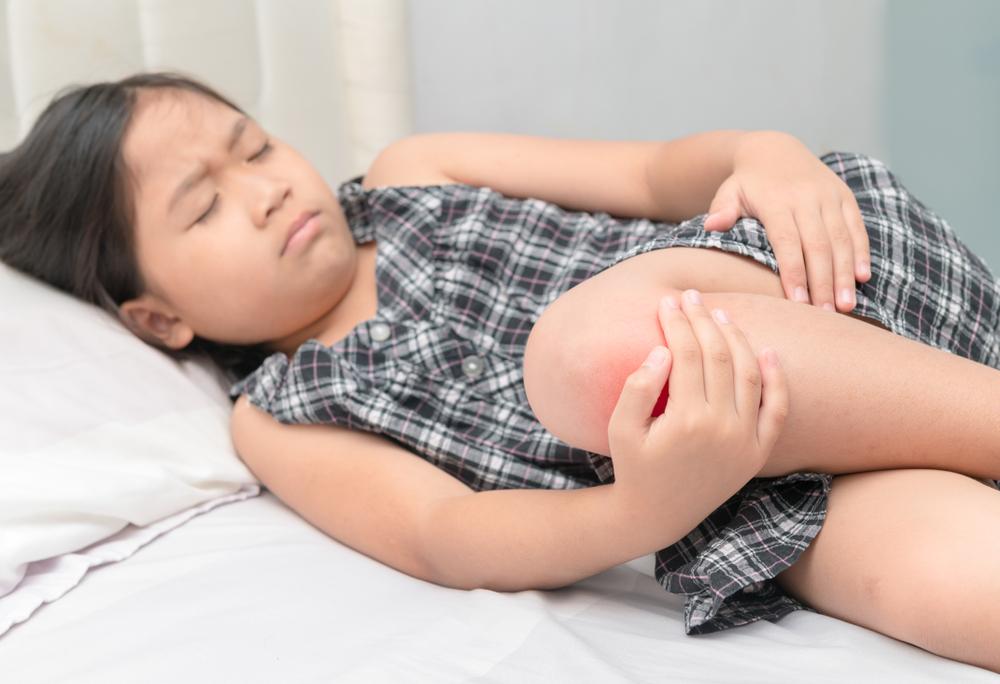Childhood arthritis, also known as juvenile idiopathic arthritis (JIA), juvenile rheumatoid arthritis (JRA), juvenile arthritis, or pediatric rheumatic disease, is an umbrella term used to describe arthritis that develops in children that are between 6 months and 16 years in age.
The exact cause of childhood arthritis is not fully known; what is known is that childhood arthritis is an autoimmune disease. In childhood arthritis, inflammation occurs in either one or more joints. The body’s immune system attacks body tissues. It typically generates swelling, pain, and stiffness of the joints and may cause many people’s debility. It may either be acute or chronic. Acute arthritis is a classification in which the joint becomes hot and swollen, frequently with severe pain. On the other hand, chronic gout may also induce anxiety, but there may be accompanying stiffness and change in the appearance of the joint.


